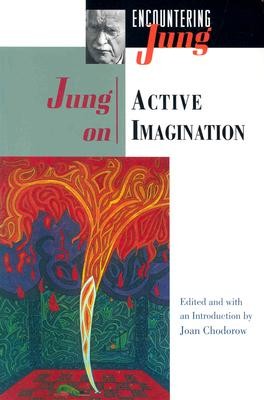| Jung on Active Imagination Contributor(s): Jung, C. G. (Author), Chodorow, Joan (Editor) |
|
 |
ISBN: 0691015767 ISBN-13: 9780691015767 Publisher: Princeton University Press OUR PRICE: $22.46 Product Type: Paperback - Other Formats Published: July 1997 Annotation: All the creative art psychotherapies (art, dance, music, drama, poetry) can trace their roots to C.G. Jung's early work on active imagination. Jung developed his concept between the years 1913 and 1916, following his break with Freud. Jungian analyst Joan Chodorow here offers a collection of Jung's writings on the active imagination, gathered together for the first time. |
| Additional Information |
| BISAC Categories: - Psychology | Reference - Psychology | Movements - Behaviorism - Psychology | Movements - Psychoanalysis |
| Dewey: 153.3 |
| LCCN: 97009422 |
| Physical Information: 0.52" H x 6.13" W x 8.93" (0.63 lbs) 208 pages |
| Descriptions, Reviews, Etc. |
| Publisher Description: All the creative art psychotherapies (art, dance, music, drama, poetry) can trace their roots to C. G. Jung's early work on active imagination. Joan Chodorow here offers a collection of Jung's writings on active imagination, gathered together for the first time. Jung developed this concept between the years 1913 and 1916, following his break with Freud. During this time, he was disoriented and experienced intense inner turmoil --he suffered from lethargy and fears, and his moods threatened to overwhelm him. Jung searched for a method to heal himself from within, and finally decided to engage with the impulses and images of his unconscious. It was through the rediscovery of the symbolic play of his childhood that Jung was able to reconnect with his creative spirit. In a 1925 seminar and again in his memoirs, he tells the remarkable story of his experiments during this time that led to his self-healing. Jung learned to develop an ongoing relationship with his lively creative spirit through the power of imagination and fantasies. He termed this therapeutic method active imagination. This method is based on the natural healing function of the imagination, and its many expressions. Chodorow clearly presents the texts, and sets them in the proper context. She also interweaves her discussion of Jung's writings and ideas with contributions from Jungian authors and artists. |